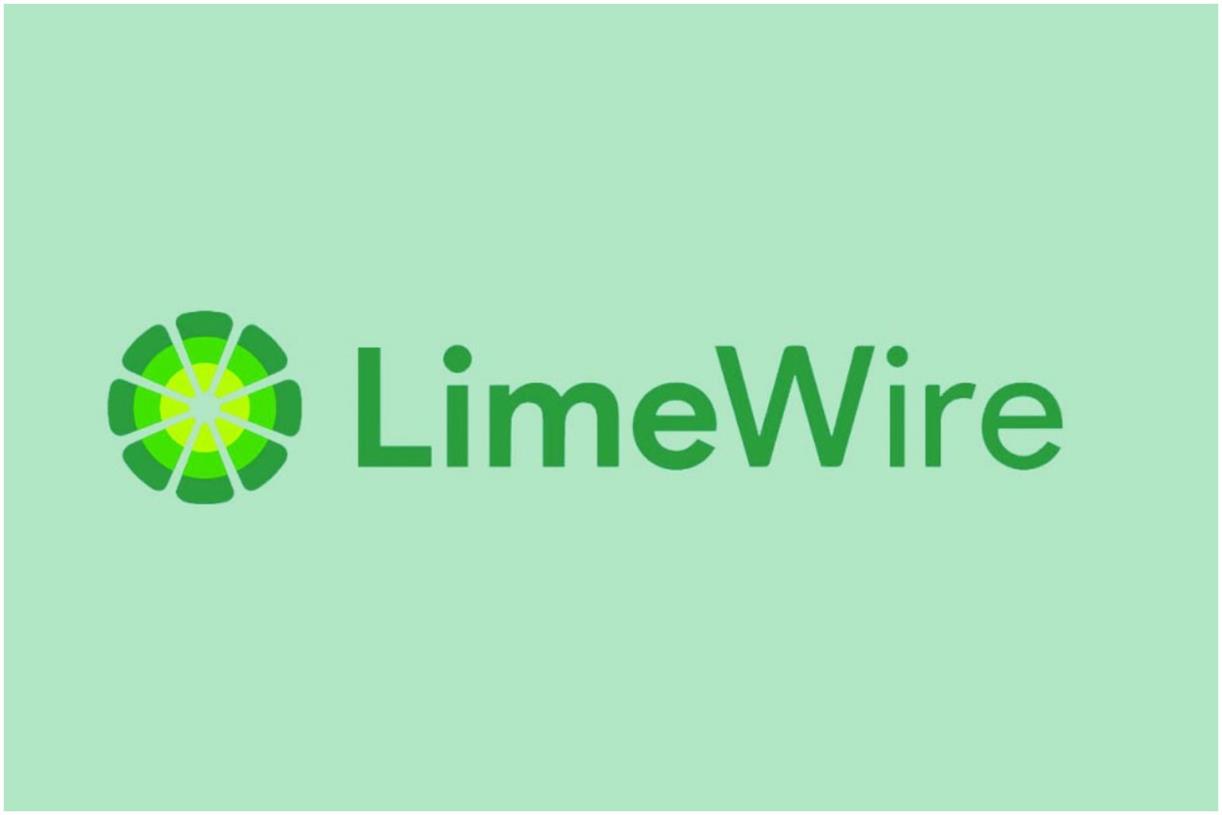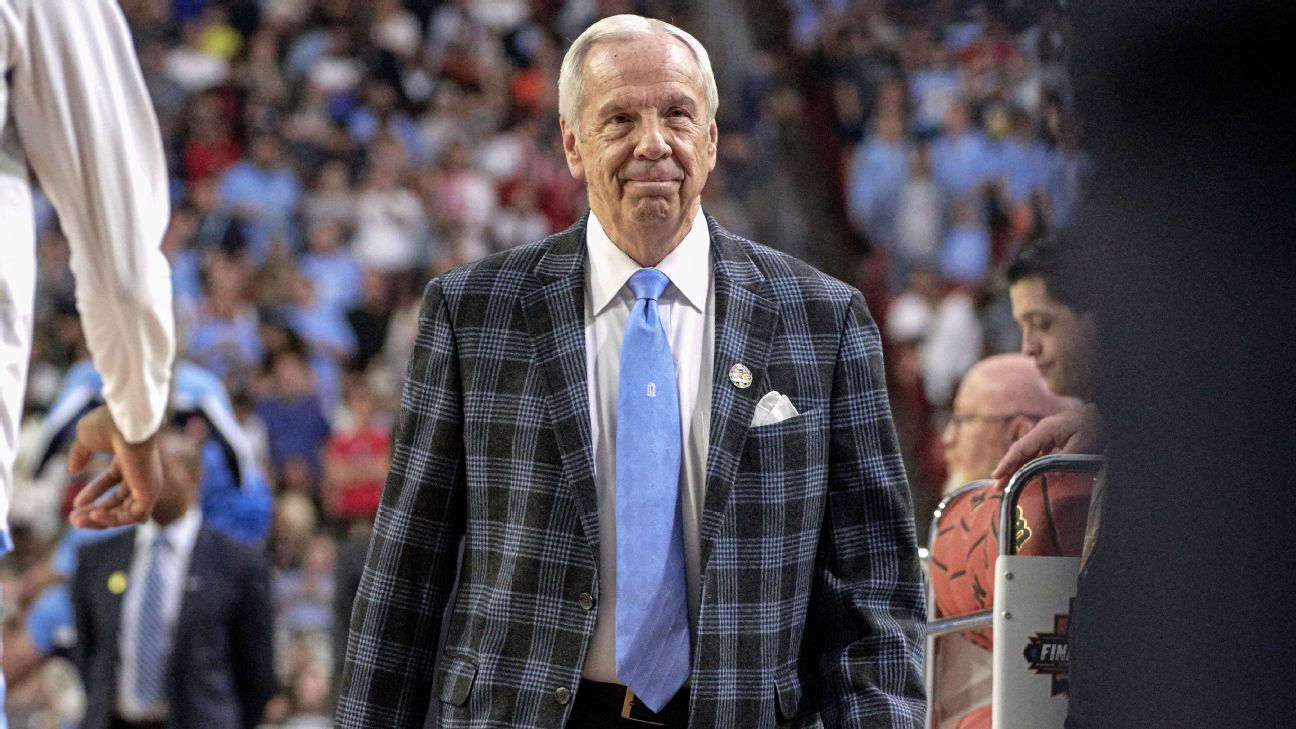Challenges Faced By Native & Indigenous Entrepreneurs [Data + Expert Tips]
Welcome to Breaking the Blueprint — a blog series that dives into the unique business challenges and opportunities of underrepresented business owners and entrepreneurs. Learn how they’ve grown or scaled their businesses, explored entrepreneurial ventures within their companies, or...
![Challenges Faced By Native & Indigenous Entrepreneurs [Data + Expert Tips]](https://www.hubspot.com/hubfs/native%20entrepreneur%20challenges.webp)
Welcome to Breaking the Blueprint — a blog series that dives into the unique business challenges and opportunities of underrepresented business owners and entrepreneurs. Learn how they’ve grown or scaled their businesses, explored entrepreneurial ventures within their companies, or created side hustles, and how their stories can inspire and inform your own success. For many Native entrepreneurs, it’s not active discrimination that proves the biggest issue in getting a business off the ground. In fact, per a recent Breaking the Blueprint HubSpot Blog survey, many Natives don’t feel like their heritage figures one way or the other into their entrepreneurship challenges. Instead, it is the generational disadvantages that accompany past discrimination, such as a chronic lack of credit and capital access, alongside new issues like discoverability and scalability. It’s unfortunate that these challenges can pose significant hurdles to entrepreneurs and business people looking to find success. But they are survivable. I reached out to Native and Indigenous Entrepreneurs to hear their direct takes on these challenges and ask their advice for rising above and overcoming them. Here’s what they had to say. Respondents to the survey I mentioned above were asked to name their three biggest challenges. Roughly 56 percent of respondents pointed to financial issues such as raising capital or budgeting, while 33 percent cited growing and scaling their businesses as a major issue. Lastly, getting the word out and building awareness was an issue for 24 percent of respondents. Financial challenges make sense, says Heather Fleming (Navajo), executive director for Tuba City, Arizona-based business incubator Change Labs. Fleming’s program works closely with Navajo and Hopi entrepreneurs to hone and grow their businesses. She sees these challenges facing participants firsthand — many of them are the symptoms of larger problems, like infrastructure issues and a chronic lack of access to credit in Indian Country. “The financial challenges like securing capital have been a long-standing issue, just because of the way land is structured. You can’t use it as collateral if it’s reservation land, because it’s held in federal trust,” Fleming said. “When we talk about scaling — there’s a specific challenge for many people because of the transition to e-commerce. I was just reading our annual reporting, and a lot of members talked about the lack of reliable internet. How do you grow a business if everything’s confined to your home and your internet reliability isn’t great?” The lack of credit access is often worsened by exclusion from otherwise good-intentioned financial programs at large, nationwide banks. Chad Johnson (Cherokee), founder and president of farm logistics company The Akana Group, pointed to a shortage of such programs at nationwide financial institutions. Due to a combination of aforementioned land laws and a lack of generational wealth, credit in Indian Country is a different beast - and without specialized financial programs, that means Indigenous entrepreneurs miss out, Johnson said. “There are these big guys, and they have these programs, but they’re not there for Natives,” Johnson said. “The financial institutions really struggle with getting credit access to Native entrepreneurs.” There are resources, such as community development financial institutions (CDFIs), which are often tailor-made for the Native communities they serve. But funding for Native CDFIs is limited - and when a business owner hits a certain point, microloans aren’t going to cover scaling costs, Johnson said. For example, the Akana Group has partnered with farm equipment manufacturer John Deere to get equipment into Native producers’ hands and has started doing business internationally for other projects. That means scaling well beyond the capacity of many Native CDFIs to cover, Johnson said. “There’s this missing gap between, ‘I’m a start-up,’ and ‘I need a $10 million line of credit,” Johnson said. “Where do Natives go when they need a $10 million loan?” Then there’s the marketing. Justin Quis Quis (San Pasqual Band of Mission Indians) heads up Sacred Bev, a beverage company in California. Quis Quis says marketing is a complex thing that requires a lot of focus and long term vision to pan out. He pointed to initial marketing efforts for his company’s product - a set of functional beverages using Indigenous ingredients - as a costly failure. “I’ve already been through a marketing agency, nationwide, and it did nothing for me,” Quis Quis said. “I spent a bunch of money, and it did nothing.” To get the word out and build awareness, Quis Quis suggests leveraging marketing, focusing on your product, starting small, and working smart. He has since gone back to marketing his drink locally, working on finding a distributor and building success from there. He just ordered his fourth run of 20,000 cans of his product. His advice on marketing, and securing investors, is to develop a long-term vision for the product or service and focus as much as possible on its uniqueness. “Marketing is a necessary evil,” Quis Quis said. “You just have to be careful which route you go. Be realistic with your ideas, and don’t spend a ton of money to start off. It’s easy to get caught up in something that seems big and translates to you going big. Be judicious.” Fleming said it could be difficult to stay on top of marketing trends while managing all the other aspects of starting a business. Instead, she recommended finding marketing blogs or podcasts that could do some of that legwork to keep the messaging as on-trend as possible. Fleming said it’s also a good idea to find other Natives to collaborate with when marketing Native products or services. Change Labs has had a lot of success when pairing its program participants with Native graphic designers, for example, since it’s more likely they will understand another Native’s needs and vision. Her third big tip was to get comfortable with digital tools. She watched many business owners struggle with moving to e-commerce during the advent of COVID-19 as flea markets and art shows shut down. Aspiring entrepreneurs should familiarize themselves with programs like Canva, which can help design logos and visual messaging, and AI tools like ChatGPT. “We hear a lot of people say things like ‘I don’t know what I want to say,’” Fleming said. “You have all these tools now that can help you with that - you can get the basic message out and then get it into ChatGPT and have that help you clean it up. There’s no excuse for bad copy when you have tools like that now.” Say the marketing efforts pay off, and it’s time to grow. That means scaling up production, shipping logistics, or service access - and that means money, said Quis Quis and Fleming. Fleming referred back to internet connectivity. Large swathes of the Navajo reservation are offline due to scattershot physical infrastructure like signal towers and fiber optic lines. Running an online side business from a local library or coworking space is one thing, but aiming to make a living usually means scaling that idea up. That means consistent connectivity, which could mean anything from a hotspot to a Starlink modem, which can run around $500. Small improvements like that can create huge growth for businesses expanding into new markets. But even with a thriving side business, many Natives, being among the poorest demographics in the United States, won’t have that spare $500 for a unit, stifling their growth. That can be where places like Change Labs come in, Fleming said. The organization offers participants loans after completing workshops and other activities as part of a yearly cohort. “I think it’s critical that we do that. Access to just a little bit of money would improve their ability to participate in e-commerce,” Fleming said. “I think when you‘re a business owner, it’s easy to overlook how important it is to have access to loans or financing in order to grow your business.” Quis Quis said access to credit is crucial to getting anywhere with growth, however. That goes back to marketing: being able to present a product or service to investors or lenders as something that can scale up. Putting together a solid business plan and a clear vision can make that process much smoother. “Money is competitive,” Quis Quis said. “You need a really good financial plan in order to look attractive to investors and to have that plan set out as tightly as you can.” As much of an uphill climb as Native entrepreneurship can be, the results can be incredible. As a business journalist, I’ve followed stories of people who make the climb and begin building wealth for their families and communities. For example, I first shared a profile for Johnson’s Akana Group well before their first forays into international trade missions and overseas business. But getting there takes patience and perseverance, says Quis Quis. “You have to have that long-term vision - there’s no overnight success. That’s not meant to be discouraging, just to say that it takes determination and the ability to see down the road,” Quis Quis said. “There’s a lot of good things out there, but you’re going to go through a meat grinder to find it. If you understand those realities, you can fight through it and succeed.” There are resources for Indigenous entrepreneurs at nearly any step of their journey: tribal grants for people just getting started, incubators for people hoping to learn where to go next, and financial institutions for taking bigger steps into bigger finances. While gaps exist and the available resources have a long way to go, seeing what’s available is always a good first step. Johnson said one of those resources should be mentorship and connectedness with other Native businesses. It’s easy to feel compartmentalized and isolated, but working with other Native businesses can help with figuring out solutions to problems that are sometimes uniquely Indigenous. “When I talk to other Indigenous business owners, I say, you’re not going through anything that’s unique to you,” Johnson said. “We’ve got to come together and show up for each other. That’s a big part of it.”

Top Challenges Faced by Native & Indigenous Entrepreneurs

1. Financial Challenges

2. Getting the Word Out and Building Awareness


3. Growing and Scaling

Cherish the little victories, because those are hard to obtain.

 BigThink
BigThink 








_1.jpg)


![How To Begin a Video Marketing Plan [VIDEO]](https://www.digitalmarketer.com/wp-content/uploads/2022/04/Video_Marketing-1024x576.png)





















